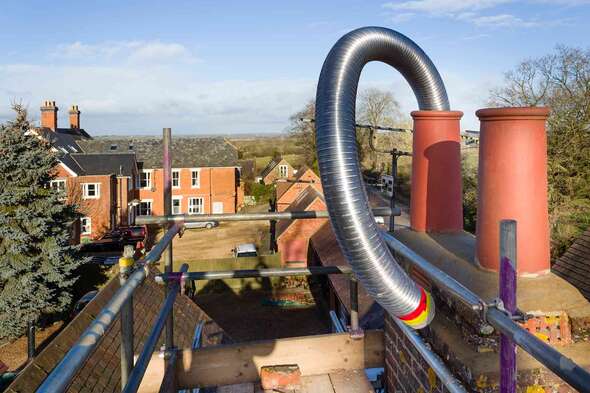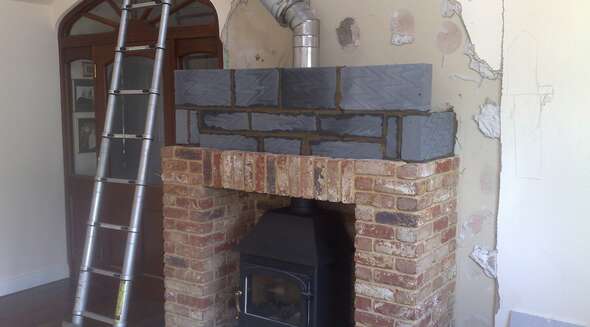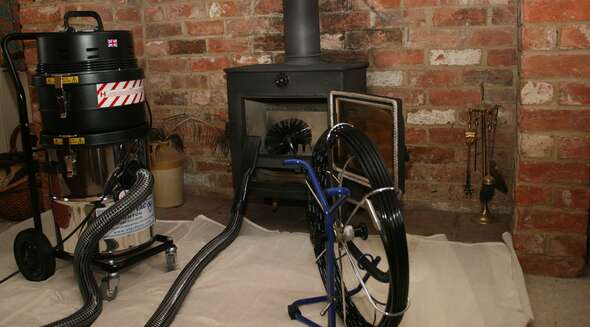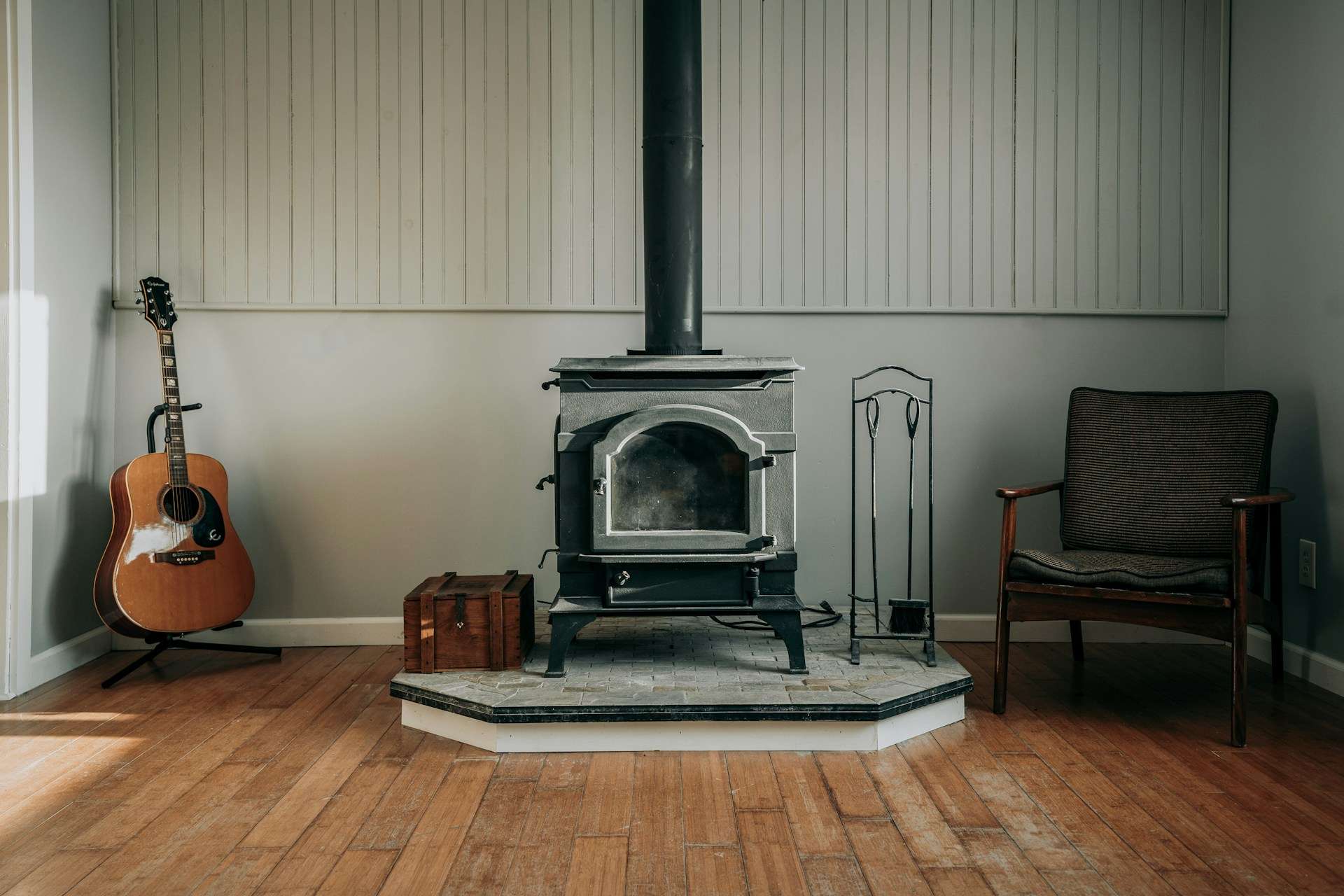At Suffolk Stove Installations, we are committed to enhancing the safety, efficiency, and longevity of your heating systems through our expert chimney and flue liner installation services. Our process is comprehensive, starting from an in-depth assessment of your chimney to determine the optimal liner type and size for your specific needs. We employ precision in every step, from measuring to cutting the liner, ensuring a perfect fit that eliminates any potential for hazardous leaks or inefficiencies.
Our installation technique incorporates the latest advancements in liner technology, including high-grade stainless steel liners renowned for their durability and heat resistance. We also offer insulated liners for improved heat retention and efficiency, ensuring your system operates at peak performance. Beyond the physical installation, our service includes advising on the best practices for maintenance and the benefits of choosing the right liner material to suit your fuel type, be it wood or smokeless coal.
Choosing Suffolk Stove Installations means selecting a partner who values the craftsmanship and quality of their work as much as you value the safety and warmth of your home. Our team of skilled technicians is dedicated to providing a seamless and stress-free installation experience, ensuring that your chimney liner is installed with the utmost precision and care.


The necessity of relining a chimney stems from the crucial role the chimney liner plays in the safe and efficient operation of your fireplace or stove. Old or damaged liners pose significant risks, including the potential for harmful gases to seep into your home or for a chimney fire to occur. Suffolk Stove Installations recognises these hazards and offers relining services to address them directly, using materials that meet the highest standards of safety and durability.
Relining with Suffolk Stove Installations is not just about mitigating risks; it's about optimising your heating system's performance. Our relining services can improve the draft of your chimney, ensuring that smoke and gases are effectively vented out. This process also prevents the buildup of creosote, a common cause of chimney fires, and enhances the overall efficiency of your heating appliance by ensuring a clear path for exhaust gases.
Our approach to chimney relining is proactive and preventative. We don't just solve existing problems; we aim to prevent future issues by installing liners that are resistant to corrosion, heat, and wear. With Suffolk Stove Installations, relining your chimney means upgrading it to the latest standards of safety and efficiency, ensuring it serves you safely and effectively for years to come.
Investing in a chimney liner or flue liner installation from Suffolk Stove Installations comes with a multitude of benefits, paramount among them being the enhanced safety of your home. A properly installed liner acts as a barrier, protecting your home’s structure from the intense heat and potential sparks that could lead to fire hazards. Furthermore, it significantly reduces the risk of carbon monoxide poisoning by ensuring that this dangerous gas is efficiently vented out of your home.
Our chimney and flue liner installations are tailored to improve your heating system's efficiency. By maintaining a consistent flue size, our liners ensure optimal air flow, which can lead to more complete combustion, reduced fuel consumption, and lower heating costs. Additionally, the smoother interior surface of modern liners reduces creosote buildup, making your chimney easier to clean and maintain.
Re-lining the chimney can also improve the value of your property value. A well-maintained chimney with a high-quality liner is a significant asset, demonstrating to potential buyers that the home has been well cared for. Plus, our installations come with warranties that provide peace of mind and protection for your investment.











Professional staff supporting and guiding customers through the process of installing woodburning and multi-fuel stoves into their homes.

